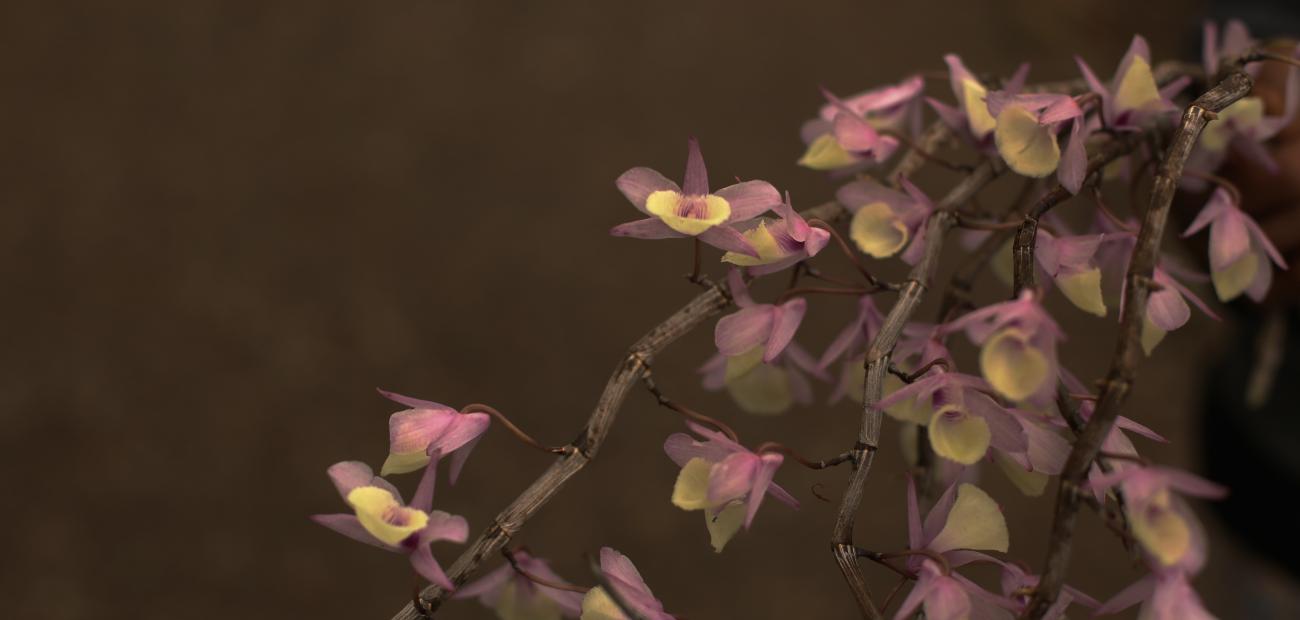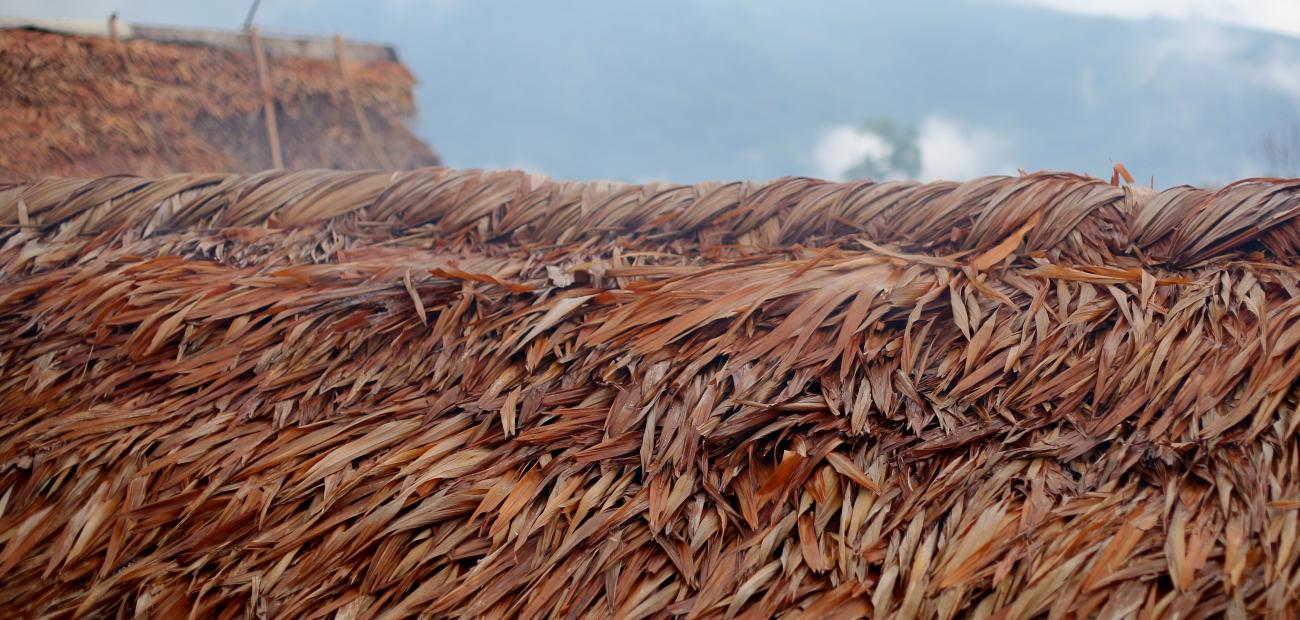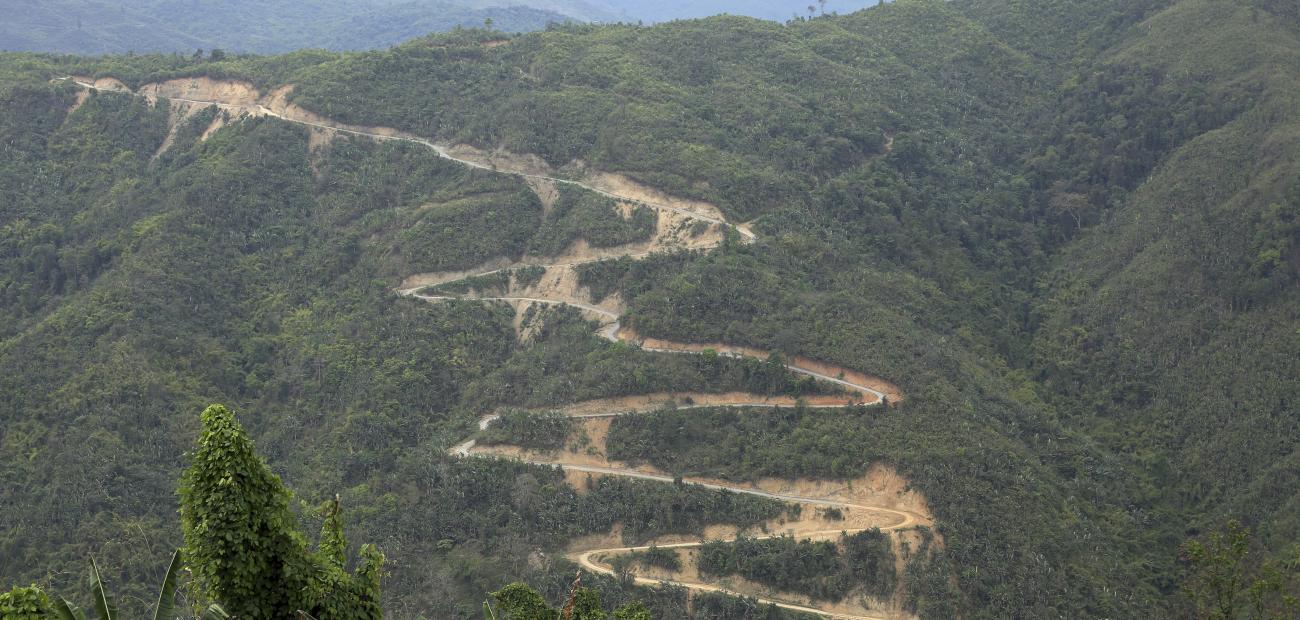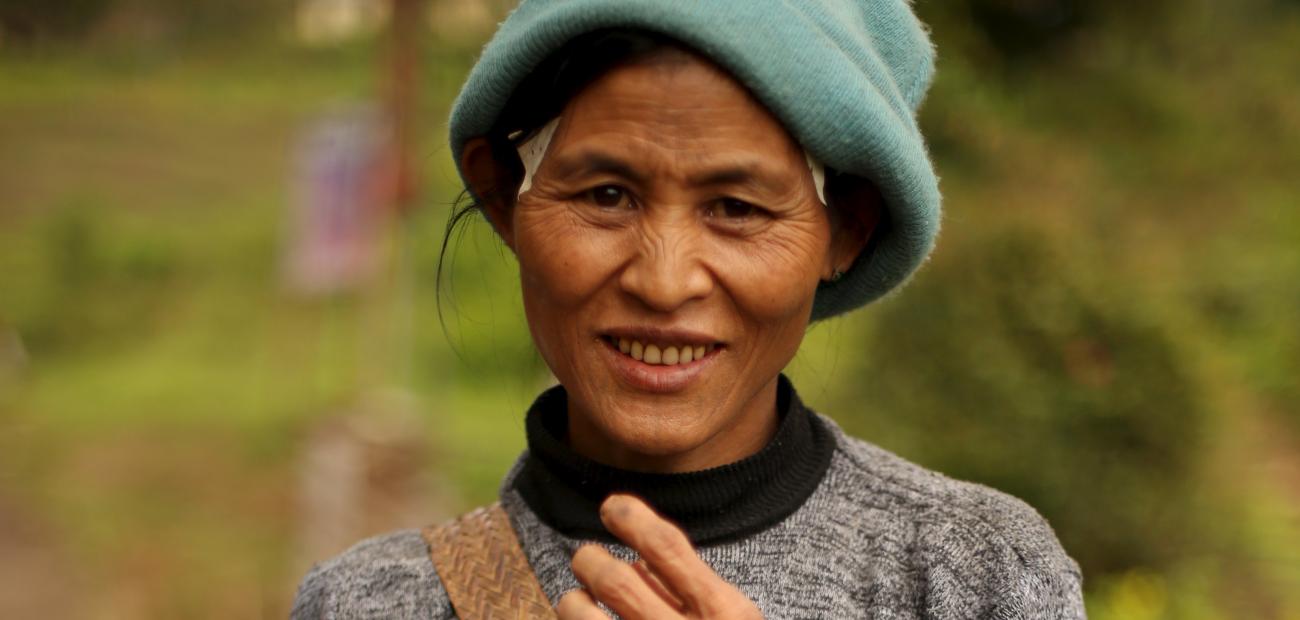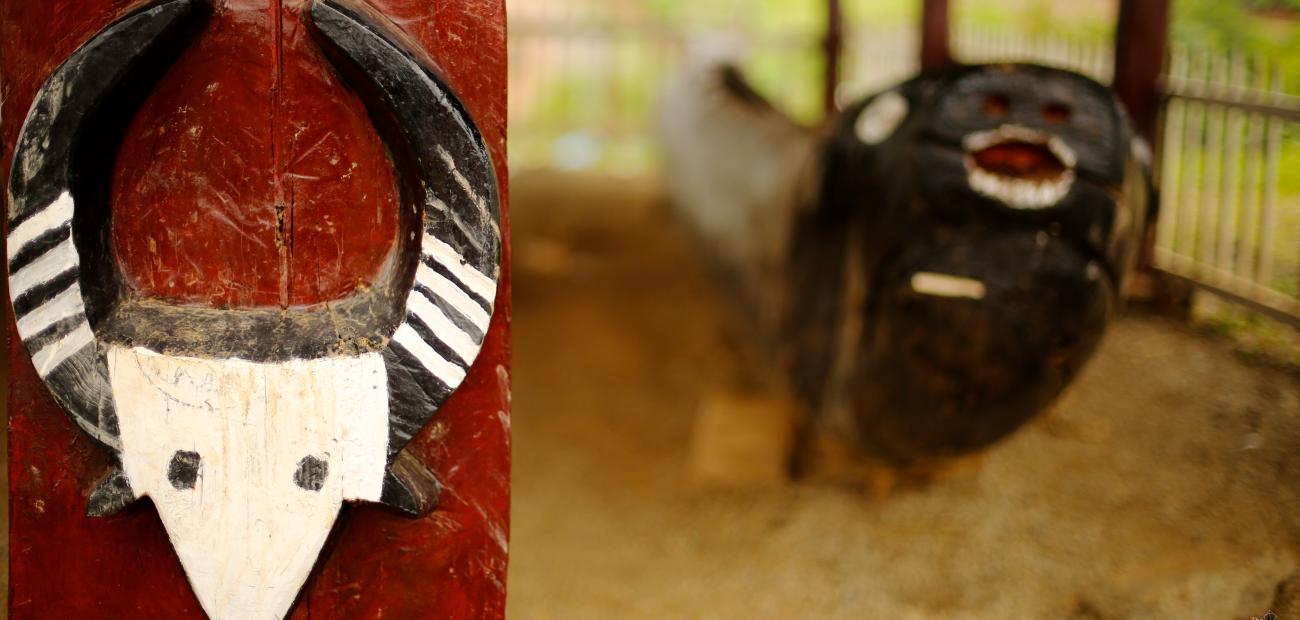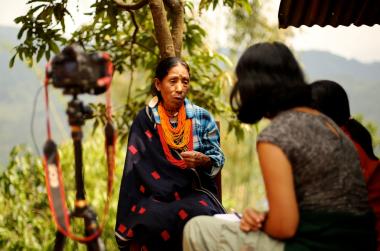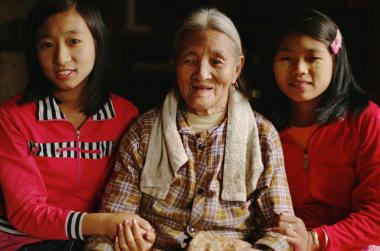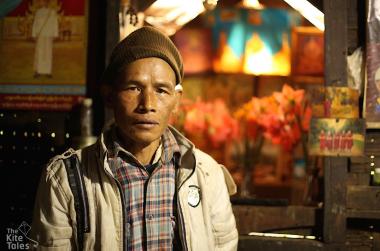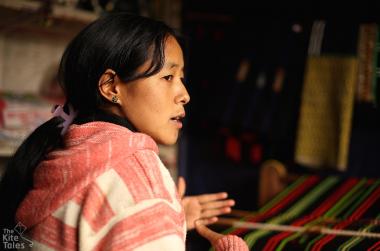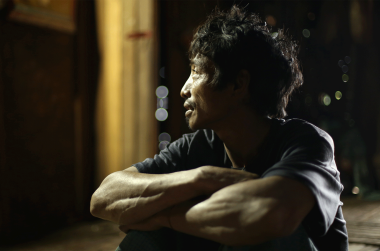Gone are the days of fierce isolation when you could tell a prosperous tribe in the Naga Hills by the number of impaled human heads at the village threshold. The dozens of tribes that hunted, fought and danced on these forested mountains have been changed by colonialism, Christian missionaries and war. Ferocious battles between Japanese and Allied troops on these precarious slopes helped determine the Second World War and the aggressive cartography that followed as Britain carved up its empire, hacked the Naga region in two.
Today, the Naga Self-Adminitered Zone, a three-township province in the north of Myanmar is severed from Nagaland in India by a border that many still bitterly resent. Armed separatists have operated here, but the battles of the past have given way to the political activism of a new generation striving for a better deal for this secluded and deprived region, and to protect its culture.
A journey into the Naga areas of Sagaing State is to traverse breathtaking, perilous mountainous terrain and inhospitable bureaucracy. Travel restrictions imposed by Myanmar authorities have veiled the region from most visitors — except the army and military-controlled civil service, which have a large presence.
To get to Lahe, the administrative capital of the region, we flew from Yangon to Mandalay, then took an intrepid little turboprop that bounced through the clouds into Hkamti. From there a six hour drive on slicing switchback roads that were in places no more than a raw gash on a tumbling mountainside. The pristine forests here screech and clamour with birdsong and rare orchids cling demurely to the moss-streaked trunks of towering trees.
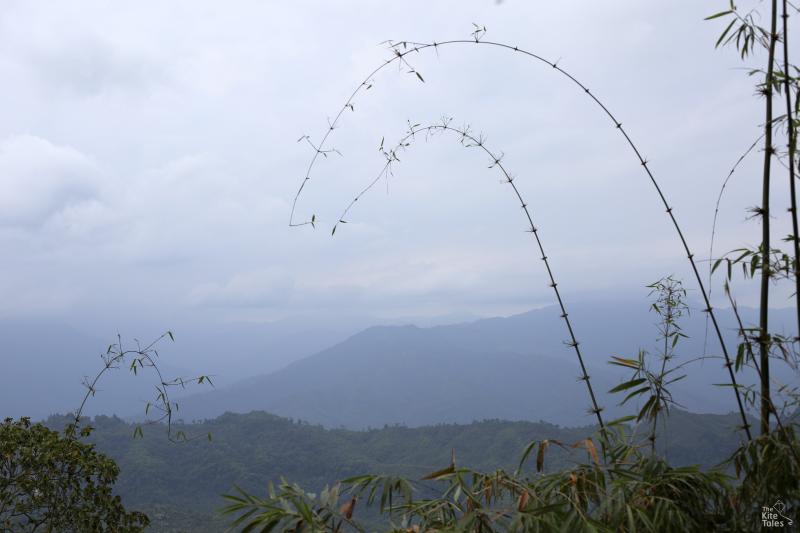
There are 10 Naga tribes on the Myanmar side of the border; Tangshang, Konyak, Makury, Somra Tangkhul, Lainong, Lamkang, Moyon, Anal, Para, Khiamniungan. Their languages are myriad and often mutually incomprehensible.
Every year a huge festival brings together the area's diverse tribes in a vibrant display of local culture, song and dance, drawing in huge crowds from around the country. This is also one of the rare moments that foreign visitors venture into this region, catching a glimpse of Nagas in their finest traditional clothing of animal hide, shells and feathers. For our first trip, we wanted to look beyond those annual celebrations and speak to people as they went about their ordinary lives. So we went off season.
The Naga townships Lahe, Nanyun and Leshi have a combined population of 62,766, with 40% of people under 15. It’s not easy growing old here: only 3% are aged 65 and over, compared to 6% in the country as a whole.
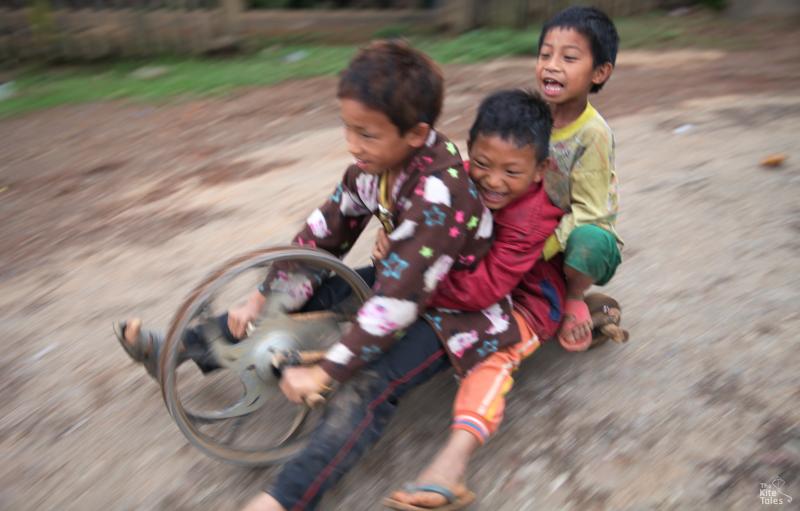
Decades of state neglect and indifference to local needs has taken its toll on local people, who are mainly in remote communities cut off from adequate healthcare and education.
Literacy is lower here than in other parts of Myanmar. Only 33% of over 15s in the Naga region can read and write and in largely rural Lahe, this dives to 20%. Compare that to 89.5% in the country as a whole.
Older people are much less likely to have a formal education, with a staggering 72% of over 25s in the Naga region without any school grades completed. There has been an uptick in central government provision in recent years, with around half younger people (aged five to 29) having finished some level of education.
And there is a deep gender divide. A quarter of men in Lahe were listed as literate in 2014, compared to 16% of women. Several older women regretfully told us their parents had prevented them from attending school — making them all the more determined to educate the girls in their families.
Language is also a major challenge. Naga languages spoken here are not taught in a state curriculum that has been heavily criticised for its blunt promotion of the national Myanmar language at the expense of those for whom it is a foreign tongue. Naga dialects are part of the communities’ oral traditions, although there have been efforts to create a written form in recent years to preserve the languages and the cultures they describe.

